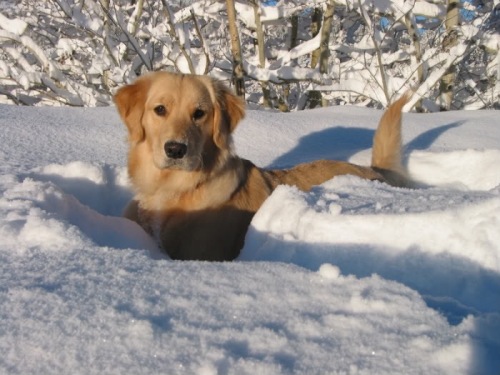This is is usually a time when pet sitting business slows down. But because of my wonderful loyal clients as well as new ones , We have already had a Busy 2015! Thank you for trusting Us! #petsitters #dogwalkers #hwhd
-
Recent Posts
- Dog Food Brands Recalled Over Concerns About Euthanasia Drug
- FDA to investigate after ABC7 exposes euthanasia drug in dog food
- Two Dogs Dead, 1 Injured After Grooming at New Jersey PetSmart
- Pets Honoring The Veterans November 11, 2017
- First Aid Tips for Cat Guardians that could save a Kittie’s Life this Summer by Blue Cross -by Katzenworld
Archives
- February 2018
- January 2018
- November 2017
- July 2017
- June 2017
- May 2017
- April 2017
- March 2017
- October 2016
- September 2016
- May 2016
- February 2016
- January 2016
- August 2015
- July 2015
- June 2015
- May 2015
- April 2015
- March 2015
- February 2015
- January 2015
- December 2014
- October 2014
- January 2014
- December 2013
- November 2013
- October 2013
- September 2013
- August 2013
- July 2013
- June 2013
- May 2013
- April 2013
- March 2013
- February 2013
- October 2012
Categories
- 4th Of July
- 9 Lives
- ADHD Dogs
- American Revolution
- Angels Among Us
- Animal Abuse
- Animal Welfare
- Animals
- Antifreeze Poisoning
- Aromatherapy
- Autism
- ÌMHA ( Immune Mediated Hemolytic Anemia
- Barbaric Procedures
- Barking
- Big Heart Brands
- Canine Carry-Outs
- Canine Influenza
- Cat Abuse
- Cat Behavior
- Cat Food
- Cat Grooming
- Cat Litter
- Catios
- Cats
- Cats Health
- Christmas
- Christmas Holidays
- Chronic Pain
- Civil War
- Criminology
- Diabetic Dog Treats
- Diarrhea in Dogs
- Dog Abuse
- Dog Behavior
- Dog Bite Prevention
- Dog Bites
- Dog Breeds
- Dog Fights
- Dog Flu Virus
- Dog Food
- Dog Grooming
- Dog Quotes
- Dog Shows
- Dog Training
- Dog Treats
- Dog Walking
- Dog's Love
- Dogs
- Dogs & Cancer
- Dogs Health
- Ducks
- Ears Cropped
- Easter
- Exercise
- Father's Day
- FBI
- FDA
- Flea Prevention
- Flint River Ranch
- Food Recalls
- Food Stamps
- Frostbite
- Fun Pet Pics
- Government Programs
- Gravy Train
- Grooming
- Happy Dog Mom Day
- Happy Walk Happy Dog
- Heart Worm Prevention
- HWHD Newsleter
- Hyper Dogs
- Hypothermia
- Kibble's N Bits
- Life Lessons
- Lupus
- Medical Prevention for Animals
- Memorial Day
- Mental Stimulation
- Meow Mix
- Milk-Bone
- Milo's Kitchen
- National Pet Day
- Natural Balance
- Nature's Recipe
- New Year
- Pentobarbital
- Pet Bahavior
- Pet Behavior
- Pet Dental
- Pet DNA
- Pet Food Poisoning
- Pet Foods
- Pet Grooming
- Pet Love
- Pet Medication
- Pet Owners
- Pet Parents
- Pet Safety Tips
- Pet Sitting
- Pet Super Market
- Pet Training
- Pets
- Pets' Health
- PetSmart
- Poisonous Flowers
- Poisons
- Puppies
- Raw Hide
- Safe Pets
- Salmonella
- Science Diet
- Scientists
- Separation Anxiety
- Service Dogs
- Smucker's
- Spaying /Neutering
- St. Patrick's Day
- Tail Docked
- Traveling
- Uncategorized
- Vacation Plans
- Vaccinations
- Veteran's Day
- Veterans
- Veterinary Health Care
- Westminster
- Whining
- Wills & Estate Planning
- Winter
- Yu Lin
Meta
Follow Me On BlogLovin






You must be logged in to post a comment.